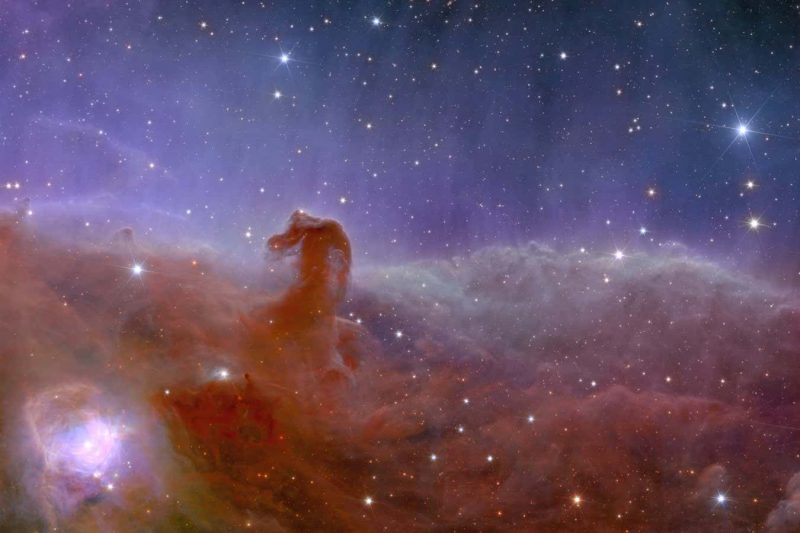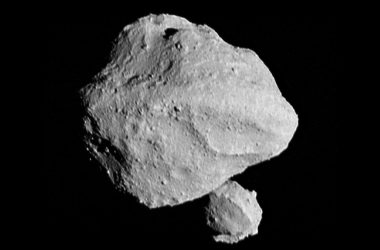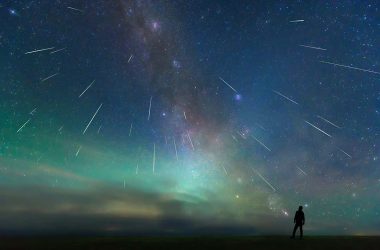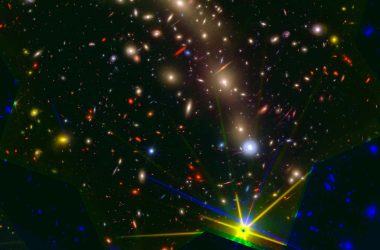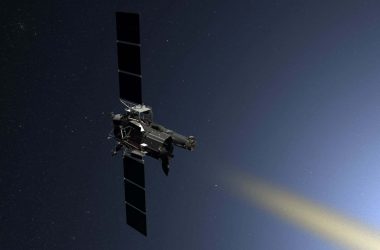Exploring the Universe with Euclid Space Telescope
The European Space Agency’s (ESA) Euclid space telescope has recently transmitted its first science images, showcasing five dazzling cosmic entities. These images mark the beginning of Euclid’s ambitious project to develop a comprehensive 3D map of the cosmos, with an emphasis on unraveling the enigmatic dark components of our universe.
Unveiling the Dark Secrets
Launched on 1 July, Euclid is currently stationed approximately 1.5 million kilometers from Earth. Over the next six years, it aims to capture images of about one-third of the sky, culminating in the creation of the most intricate 3D map of the cosmos in existence. This unprecedented map holds the promise of providing researchers with unparalleled insights into the vast structure of the universe. It seeks to shed light on the behavior of dark matter and dark energy on cosmic scales, potentially challenging our current comprehension of physics and cosmology.

The first mesmerizing image is that of the Horsehead Nebula, situated 1375 light years away in the Orion constellation. While this nebula is familiar to astronomers, the astonishing level of detail captured in this new image may potentially unveil previously unseen stars and young planets, presenting fresh opportunities for scientific exploration.

Another captivating image showcases the globular cluster NGC 6397, a radiant congregation of hundreds of thousands of stars. These clusters pose a challenge to study in detail due to their immense scale, but Euclid’s expansive field of view holds the potential to address lingering queries, such as the possible existence of globular clusters within dark matter haloes.

Two additional images capture galaxies. On the left, the spiral galaxy IC 342, known as the “Hidden galaxy” due to its obscured visibility from Earth, offers a valuable point of comparison for understanding the characteristics of our own Milky Way. On the right, the irregular galaxy NGC 6822 represents a prevalent galaxy type from the early universe, enriching our comprehension of cosmic evolution and mergers.

Last but not least, an enchanting image capturing over 100,000 galaxies, including the Perseus galaxy cluster, serves as a testament to the immense impact of dark matter on the formation of these colossal structures. This observation holds immense significance in unraveling the mysteries surrounding dark matter.




